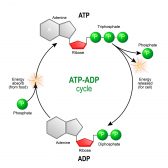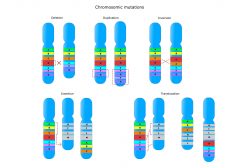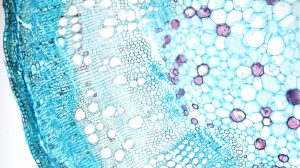Definition
noun
(taxonomy) A subdivision of the class Mammalia characterized primarily by their fetus being carried in the uterus of the mother and nourished via a placenta until the time of birth
Supplement
The class Mammalia pertains to any of the endothermic vertebrates identifiable by the following characteristics: a neocortex, three middle ear bones, a lower jaw made of a single bone, a hairy body covering, a thoracic diaphragm, a four-chambered heart, and females that are mostly viviparous. This taxonomic class can be subdivided into three: (1) Placentalia (placentals), (2) Monotremata (monotremes), and (3) Marsupialia (marsupials).
The Placentalia is a subdivision of mammals characterized primarily by the fetus being carried in the uterus of the mother. The fetus is nourished via a placenta until such time that the fetus is fully developed to be delivered at birth. The placenta is expelled as well following the birth of the offspring. Apart from the placenta, placentals also have a relatively wide opening at the bottom of the pelvis allowing the birth of a large offpring.1 They also lack epipubic bones that would tend to inhibit the expansion of the abdomen during pregnancy. Most mammals belong to this subdivision.
Scientific classification:
- Kingdom: Animalia
- Phylum: Chordata
- Clade: Synapsida
- Class: Mammalia
- Clade: Eutheria
- Infraclass: Placentalia (Owen, 1837)
Other common name(s):
- placentals
Compare:
- Marsupialia
- Monotremata
See also:
Reference(s):
1 Weil, A. (April 2002). “Mammalian evolution: Upwards and onwards”. Nature 416 (6883): 798–799. doi:10.1038/416798a.







